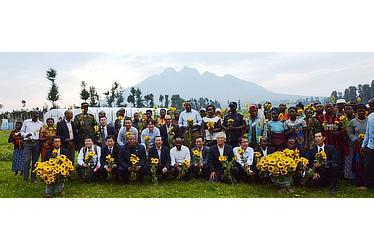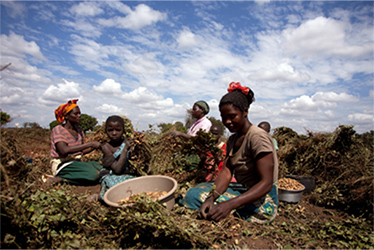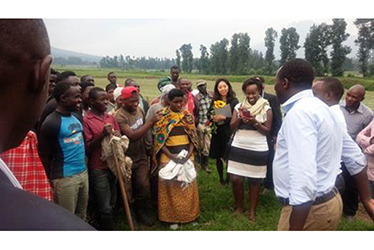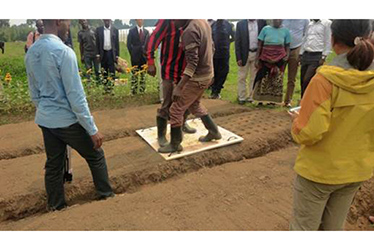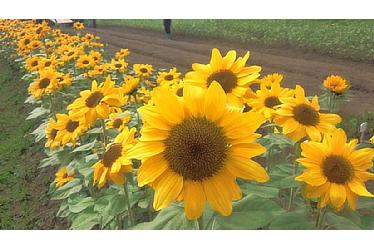Mar. 10, 2016
Rwanda: Land of the Rising Sunflower

Sub-Saharan Africa faces many trials, including agricultural productivity rates that are among the lowest in the world. Due to insufficiencies in fertilizer supply, irrigation, and the agricultural machinery available, as well as the underdeveloped status of cultivation technology, the region's average grain yield sits at less than half of the global average.
Even so, Rwanda, located in the heart of the region, has achieved a level of growth that has earned it the label "the Miracle of Africa" in recent years. According to estimates by The World Bank, 80 percent of the country's working population was involved in the agricultural sector in 2013, meaning that agricultural support is one of the best means of fostering a more prosperous nation.
The difficulty in doing so lies in the fact that the grain production costs can come in at over twice those of developed countries that depend on imports of fertilizer, fuel, and other resources. Thus, in terms of competitiveness, agricultural Rwanda is still at a sore disadvantage. At the same time, the country's national government has announced ambitious plans for growth and diversification, including a tenfold increase in earnings from the horticulture area of the agricultural sector by 2018.
For this reason, Toyota is helping to provide a new source of agriculture, particularly focused on flowering plants with high profitability per unit area. Together with Bloom Hills Rwanda Ltd., and with the cooperation of Mizuho Information and Research Institute, Hachimantai City, and Iwate University, the endeavor to launch this floriculture venture has finally come to fruition.

For example, crops like sunflowers, many of which are produced for export to Europe, give the area a chance to develop its competitive strength. Commercialized primarily for its oil and its seeds, the sunflower is far more than a decorative type of flora and comes in many breeds and hybrids.

Nurturing a field of these immense flowers requires a wide variety of machines, which often require repair and maintenance. The machines used in this project, however, can easily be repaired on site, thus dispensing with the need to send them away for time- and cost-intensive repairs which might result in obstacles to production.
The goals of the project in Rwanda involve growing five varieties of flowers on 70 hectares and aiming for annual sales of $11 million over the next five years. The hope is that this will help to enrich the working community.






